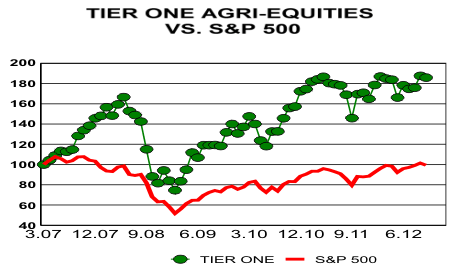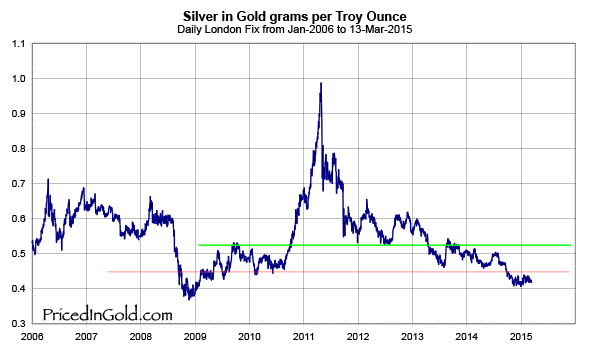Why Commodity Prices Move Up and Down
Post on: 18 Апрель, 2015 No Comment

Understanding why and how commodity prices move higher or lower is the basis for your success in trading commodities. Believe me, there are a lot of commodity traders out there who are trying to take your money – it’s a battle between you and them. You have to be able to incorporate this knowledge into your regular research on commodities to profit from those moves. Otherwise, you may be fighting a losing battle.
Commodity Market Prices
Commodity markets can be very volatile and it may seem like there is no rhyme or reason to their movement. I’ve been trading for more than ten years and I am still amazed at the way prices can move.
The basic explanation I can give you is that commodity prices move because of supply and demand issues. Whenever the market interprets there will be lower supply, prices tend to move higher. Likewise, higher supplies generally mean lower prices.
Now, if you are new to the markets, you are probably wondering how are you supposed to do all this research and figure out whether there will be less supply or demand. The answer is that you do not have to do all the number crunching. There are plenty of analysts out there to do it for you. Your job is to gather the data and decide which way you think prices should move.
Case Study – Corn Market
Let’s go through an example of interpreting the research. Corn futures would be a good example here. In early 2006, corn futures were trading around $2.00 per bushel, which is at the low end of the price range for the past 20 years. The supply of corn was a little tight by historical standards. The important point here is that the demand was really starting to pick-up, which caused supplies to shrink. Much of this was due to crude oil prices soaring, which rapidly increased the demand for ethanol which happens to be produced from corn. Demand was also increasing from rapidly growing countries like China.
You see how the picture started to come together here. Prices were low for corn and the supply situation started to get really tight. And as the new crop went into the ground, there would be no room for error in a bad crop in the current year. That is enough to keep the market on edge and it would make traders think twice before selling the market. The result is that prices soared from about $2 per bushel to over $4 per bushel within about a year. That translates into about a 1,000 percent return on margin at the time of the trade.
Commodity Research Sources
Below are many of the most popular sources to research the commodity and futures markets as well as learning about trading.
Daily Commodity and Futures News:

Future Source — excellent source of nearly real-time market news on all the commodity and futures markets. (free)
Market Commentary: Many of the clearing firms have excellent research. If you are not a client, you can get trial subscriptions.
Alaron — covers all markets.
Iowa Grain — specializes in grains and livestock markets.
FuturesBuzz.com — Regular market commentary from a variety of analysts. Full Disclosure: I also provide commentary for this website. (free)
Inside Futures — Regular market commentary from a variety of analysts. (free)














